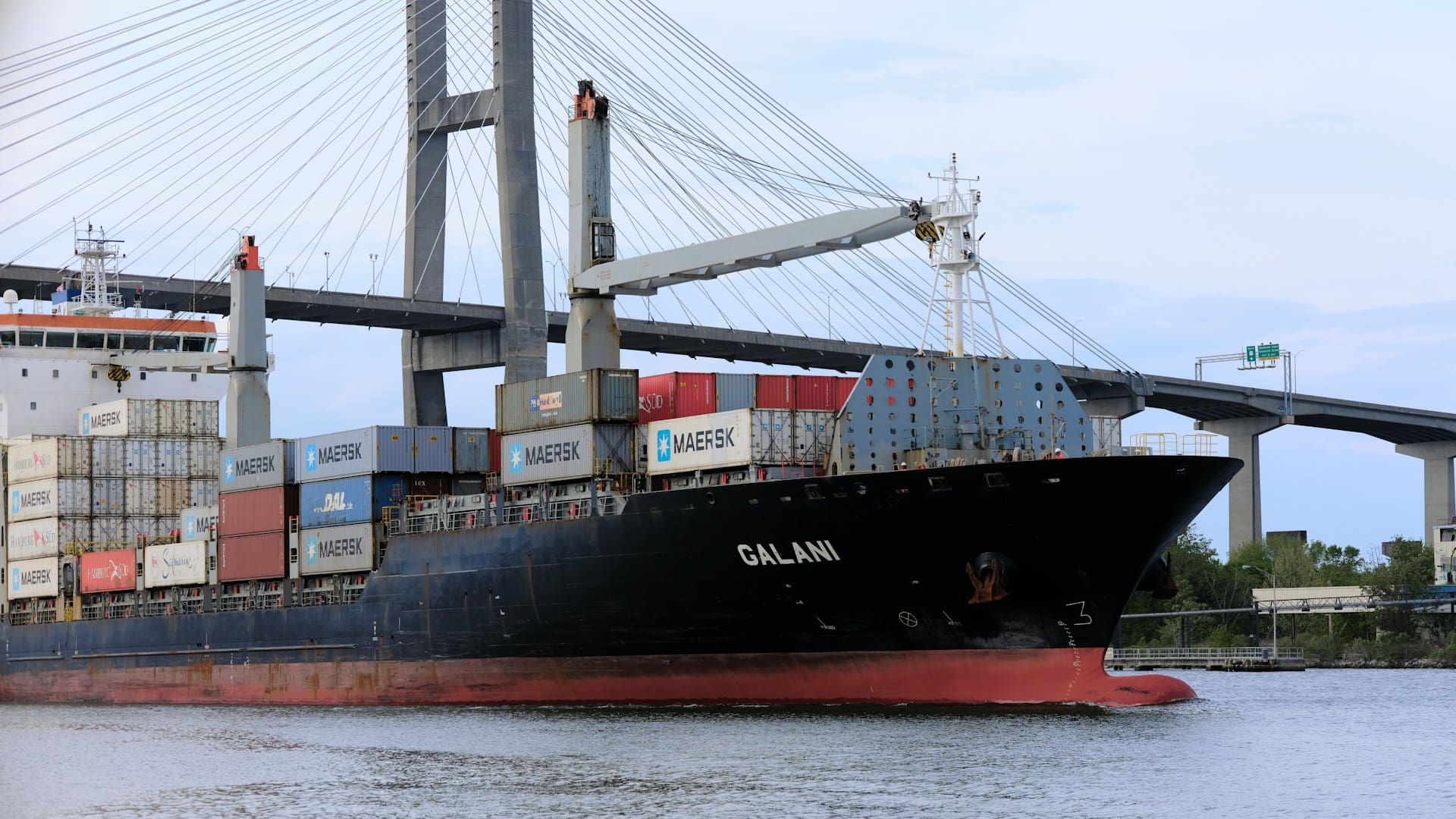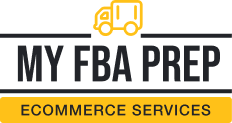
What is customs clearance and how does it work?

Customs clearance is the choke point that decides whether your inventory keeps flowing—or bleeds cash on a dock. Nail it, and you widen the moat between you and every spreadsheet cowboy who thought logistics was just “shipping.” Miss, and you’re burning ad spend on out-of-stock SKUs while your competitors feast.
In this article, we share our no-BS playbook for moving product across borders at the speed of click-to-cart. Read on for our take on customs clearance, de-risked and dialed-in.
What We Mean by “Customs Clearance”
It’s the government’s formal green-light for your freight to cross a border. Officers review documents, calculate duties and taxes, confirm you’re on the right side of every import law, and physically release the goods. In the U.S., that gatekeeper is Customs & Border Protection (CBP); every other country fields its own version of the same watchdog.
Why You Have to Get This Right
- Legal entry or exit: No clearance, no commerce—full stop.
- Time is inventory: Delays trigger stockouts, chargebacks, and lost Buy Box share.
- Penalties bite: Misclassify product, underpay duty, or skip a filing and you’re staring at multi-thousand-dollar fines—or outright seizure.
- Audit shield: Clean paperwork today means fewer compliance audits tomorrow.
The Five-Step Flow
The following is a U.S. playbook, but you’ll find a similar rhythm worldwide.
1. Prep & File the Paperwork Before Wheels-Up
Your broker or forwarder lodges the Commercial Invoice, Packing List, Bill of Lading or Air Waybill, Importer Security Filing (“10+2” for ocean), and a Customs bond. Regulated SKUs (ex. supplements, cosmetics, lithium batteries) require additional FDA, USDA, FCC, or other agency documentation.
2. Classify and Value the Product
A precise 10-digit HTS code sets the duty rate, flags partner-agency rules, and unlocks any free-trade perks. Mis-tag the code and you can overpay duty—or worse, underpay and invite penalties.
3. Calculate and Prepay Your Tariff Bill
- Duty: Rate is based on the assigned HTS code.
- Merchandise Processing Fee (MPF): 0.3464% ad valorem, minimum $32.71 / maximum $634.62 for FY 2025.
- Harbor Maintenance Fee (HMF): 0.125% of cargo value for ocean freight, with no cap.
- Special tariffs: Section 301, antidumping/countervailing, safeguard duties—as dictated by current trade policy.
4. CBP Screens, Releases, or Pulls for Exam
Most freight clears electronically. Shipments that appear suspicious—due to mis-declared value, flagged commodities, or random selection—may be pulled for an X-ray or full inspection. If cleared, the goods are free to move.
5. Final-Mile Dispatch
Once released, cargo is sent to Amazon FBA, a MyFBAPrep node, or your own distribution center. Only then can you legally fulfill or sell the product.
Rookie Mistakes That Torch Lead-Time
Misclassifying the HTS code: One of the most common errors, especially for general-use or “widget-like” products, is assigning the wrong Harmonized Tariff Schedule (HTS) code. This misstep can lead to overpaying duties—or worse, underpaying and triggering a Customs audit or penalty. An incorrect code can also activate the wrong partner-government agency rules, resulting in unexpected holds or denied entries.
Submitting sloppy invoices: Inaccuracies in commercial invoices—such as listing the wrong currency, failing to match Incoterms (e.g., FOB vs. DDP), or mismatched consignee details—can cause automated entry systems to flag the shipment for manual review. That adds time, and if corrections aren’t submitted fast, your freight sits idle.
Using an expired or undersized customs bond: The bond you post must cover the full value of the shipment plus duties, taxes, and fees. If it’s too small—or worse, expired—Customs won’t clear your freight. That means delays until a new bond is secured, and potentially increased scrutiny on future shipments.
Missing required documentation for regulated goods: Products like supplements, foods, cosmetics, lithium batteries, or wireless electronics often require pre-clearance filings. Examples include FDA Prior Notice, FCC Form 740, or a lithium battery test summary. Missing even one of these can trigger a full examination, reroute the shipment to a holding facility, or cause outright rejection at the border.
Late filing of Importer Security Filing (ISF): For ocean freight, the ISF must be submitted 24 hours before the cargo is loaded at the foreign port. Miss that deadline and you’re automatically hit with a $5,000 penalty—per bill of lading. Worse, your container could be flagged for a non-compliance exam, adding days or weeks to transit time.
Shipping restricted goods without proper clearance: Items like e-bikes with untested lithium-ion batteries, or products containing hemp-derived compounds (CBD, etc.) often face additional scrutiny. If you haven’t pre-cleared these SKUs through the appropriate agencies, Customs may seize the entire shipment or destroy non-compliant units outright.
MyFBAPrep: Your Customs Air Cover
Before you go, we hope you’ll take some time to learn how we can help and if any of our benefits sound up your alley.
- Pre-Border Play-Calling: We match you with brokers experienced in regulated SKUs like nutraceuticals, cosmetics, and HazMat goods.
- Bulletproof Paperwork: HTS validation, country-of-origin labeling, and PGA documentation are all baked into our process.
- Regulated-SKU Expertise: We handle supplements, cold chain items, lithium batteries, and more—daily.
- 88-Warehouse Landing Zone: We optimize coast selection and use our network to streamline delivery to FBA or DTC.
- Real-Time Visibility: API integrations with your ERP and our Preptopia™ dashboard give finance teams real-time landed cost data before inventory arrives.
The Takeaway
Customs clearance isn’t just red tape. Get it right and you compress cash-to-cash cycles, defend your margins, and keep your marketing aligned with product velocity. Get it wrong, and the border becomes an unplanned warehouse, complete with sky-high costs and backlogs.
Ready to replace guesswork with a repeatable, compliance-first customs playbook? Reach out to MyFBAPrep and turn the border into just another step in your growth engine.
